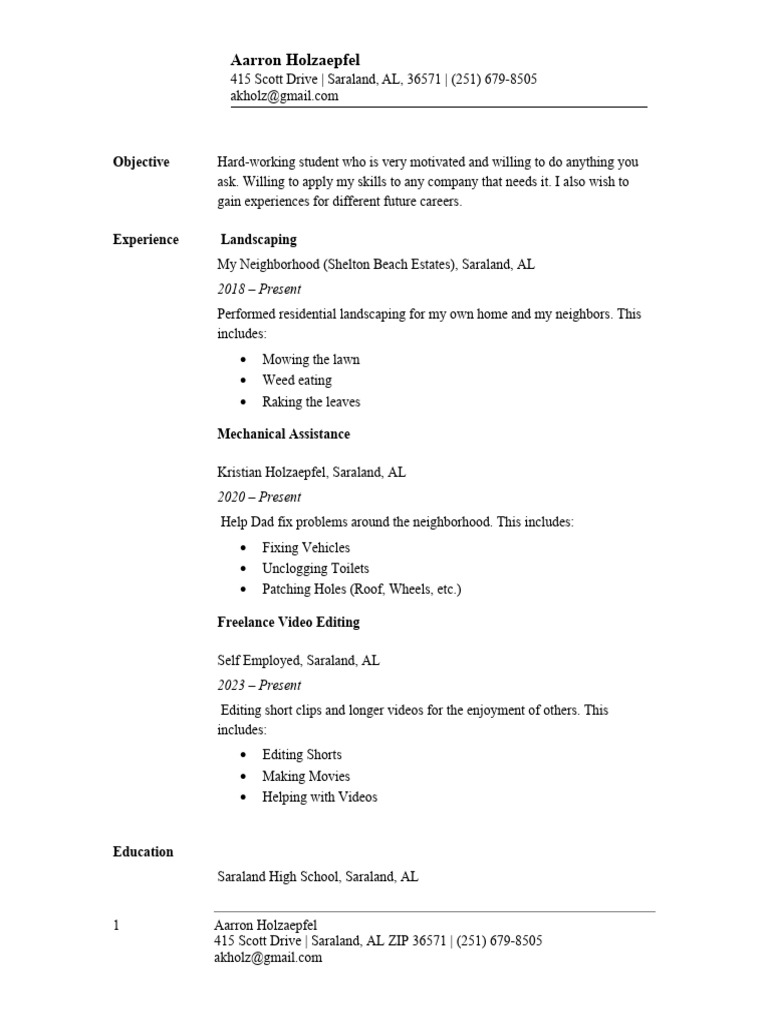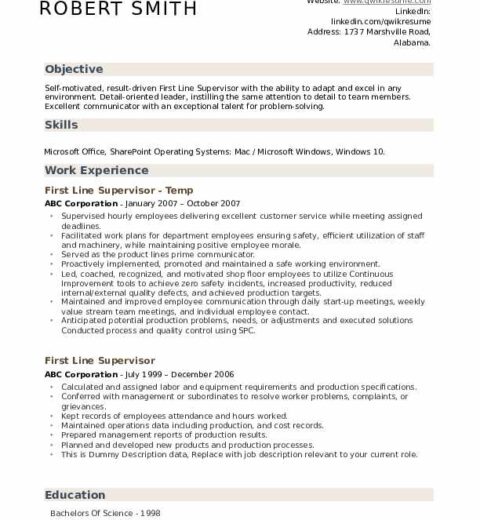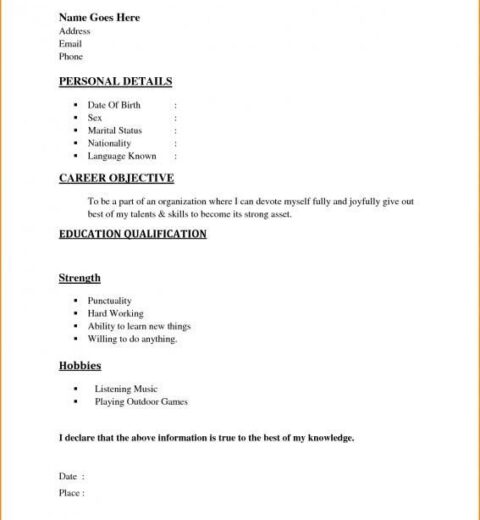As we step into 2025, the intricacies of crafting a compelling resume have evolved dramatically due to shifting employment paradigms, technological advancements, and the increasing competition present in the job market. An effective resume is no longer merely a document listing qualifications; it is an encapsulation of one’s professional identity and personal brand. To ensure that your resume stands out in this evolving landscape, it is vital to include certain key elements. Below is an exhaustive checklist detailing what should be on a resume in 2025.
1. Contact Information
Your contact information remains paramount. At the very top, include your full name, phone number, professional email address, and, if applicable, links to your professional social media profiles, such as LinkedIn. Moreover, consider adding your personal website or portfolio link if relevant, as this can provide a more rounded perspective of your capabilities.
2. Professional Summary
A succinct professional summary should follow your contact information. This brief paragraph captures your career trajectory, key skills, and what you bring to a potential employer. Tailor this section to align with the specific job opportunity you are applying for, ensuring it reflects your most relevant experiences and aspirations.
3. Skills Section
A comprehensive skills section is indispensable in 2025. Employers will seek both hard and soft skills pertinent to the position. Use bullet points for clarity, listing technical proficiencies alongside interpersonal abilities. For instance, proficiency in programming languages, data analysis, project management, emotional intelligence, and teamwork can differentiate you from candidates with similar experiences.
4. Work Experience
This is the meat of your resume. Chronologically list your work experience, emphasizing achievements rather than mere responsibilities. Use action verbs to convey your impact; phrases such as “streamlined operations” or “achieved a 20% increase” are potent. Quantifiable results here solidify the efficacy of your contributions. Consider adopting a format that organizes your information in a visually appealing manner, making it easy to scan.
5. Education
While work experience takes precedence for many positions, your educational background remains significant, especially for recent graduates. Include your degrees, institutions attended, and graduation dates. If you have pursued additional certifications, training programs, or online courses, these should also be included. In 2025, the emphasis on lifelong learning is crucial, highlighting your commitment to professional growth.
6. Certifications and Licenses
As industries rapidly evolve, certifications and licenses can bolster your candidacy. List any relevant certifications, such as project management certifications (PMP), IT certifications (like AWS Certified Solutions Architect), or specialized training specific to your field. Ensure that these credentials are current, as they validate your expertise and commitment to your profession.
7. Projects
In the contemporary job market, showcasing specific projects can add depth to your professional narrative. Detail any significant projects you’ve undertaken, elucidating your role and the outcomes. Whether you developed an innovative software solution or led a community initiative, this section allows you to demonstrate your practical application of skills and knowledge.
8. Volunteer Experience
Employers consider volunteer experience a testament to an individual’s character and commitment to community. List any volunteer positions held, alongside a description of your contributions. This becomes especially relevant if your professional experience is limited or if you are seeking a career transition, as it illustrates transferable skills.
9. Awards and Recognition
A section dedicated to awards and recognition will bolster your credibility. Include professional accolades, honors received in academic environments, or community recognition. These elements serve to substantiate your claims and demonstrate that your efforts stand out in your field.
10. Language Proficiency
In an increasingly globalized economy, language skills can provide a competitive edge. Specify any languages you speak, along with your level of proficiency. Employers may value multicultural capabilities, particularly in roles involving international collaboration.
11. Tailoring the Resume
Considering the high volume of applications many companies receive, tailoring your resume for each job application is essential. Utilize job descriptions to highlight your most pertinent experiences and skills. This shows potential employers that you possess the specific attributes they are seeking and reinforces your fit for the position.
12. Design and Format
As important as the content is how it is presented. Utilize a clean, professional layout that is easy to read. A judicious blend of white space, a readable font, and consistent formatting can enhance visual appeal. In 2025, resumes should ideally be ATS (Applicant Tracking System)-optimized, ensuring that relevant keywords are integrated seamlessly to avoid filtration by automated systems.
13. Optional Sections: Hobbies and Interests
While not mandatory, including hobbies and interests can provide insight into your personality and fit within a company culture. If relevant, especially for creative roles or positions in startups, this can enrich your application and make you memorable.
Conclusion
In 2025, the resume serves as a dynamic testament to an individual’s professional journey. Incorporating these elements ensures that your resume is not merely a record of past experiences but a strategic tool that articulates your value to prospective employers. Regularly updating your resume to reflect new skills, experiences, and accomplishments will help you stay competitive in today’s job market.




